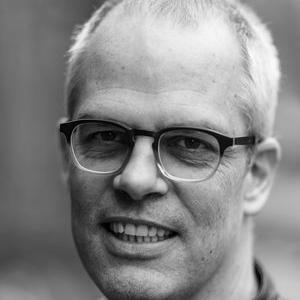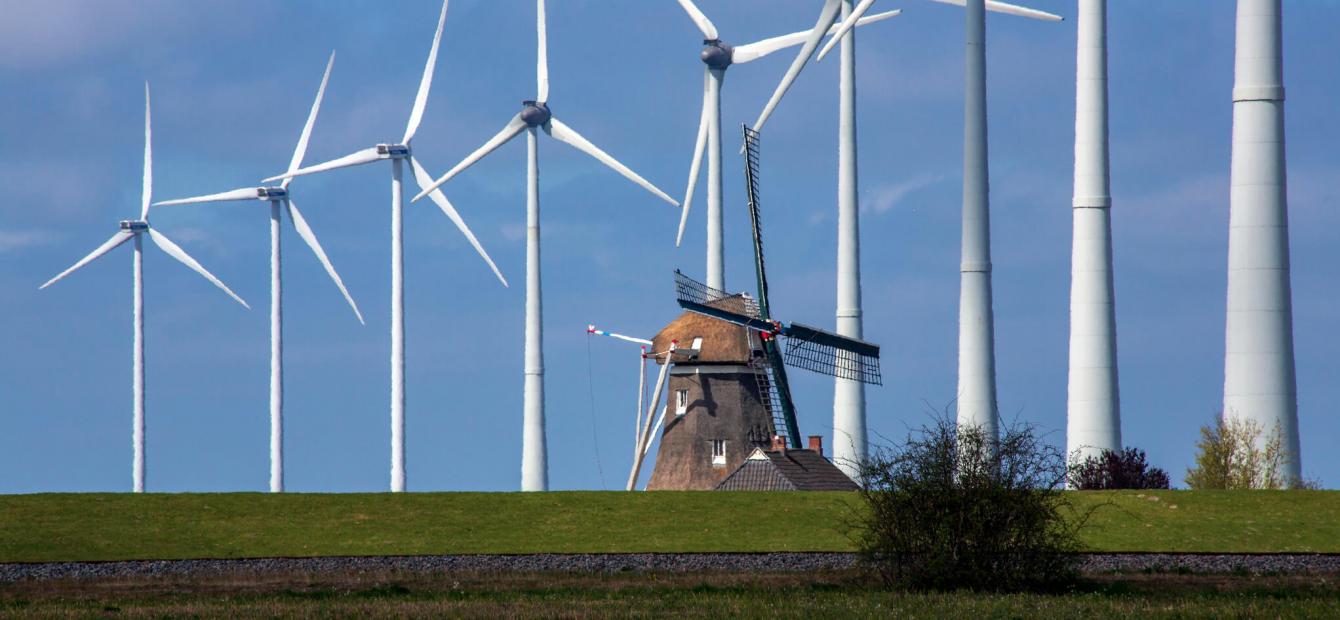
Nuclear energy? Too costly and too late
In the concluding contribution to this Clingendael Spectator series on the future of Dutch nuclear energy, Peer de Rijk from Dutch environmental organisation Milieudefensie (Friends of the Earth Netherlands) argues that the Netherlands needs to forget about nuclear energy as it is still too costly and inefficient. “Besides, there is just no way that nuclear new-build would come in time.”
It is with great pleasure that I have read the contributions of the other authors of this series. But to be honest, also with some astonishment. Some statements in the different articles suggest that we are entering a new debate and/or that it has been impossible to discuss the possible role of nuclear power in the Dutch energy system. This is a quite ridiculous position, originating maybe out of lack of knowledge, but more likely it is the fear-mongering anti-nuclear activists’ way to spin the debate as if it had been a taboo to talk about nuclear.
This is the situation: we have intensively discussed the role of nuclear power in this country for about 5 decades now. I’ve been part of that debate in the past 35 years. It started in 1972 when the Dutch government announced a plan1 to have 35.000 megawatt (MW) nuclear capacity in the year 2000 – half of the estimated total installed capacity at the time of announcement.
Since then we have seen many – more or less - concrete plans for the construction of new nuclear power plants, often supported with the promise of strong financial support-mechanisms with public money. And these plans always led to fierce debates with all the interested stakeholders in the country.
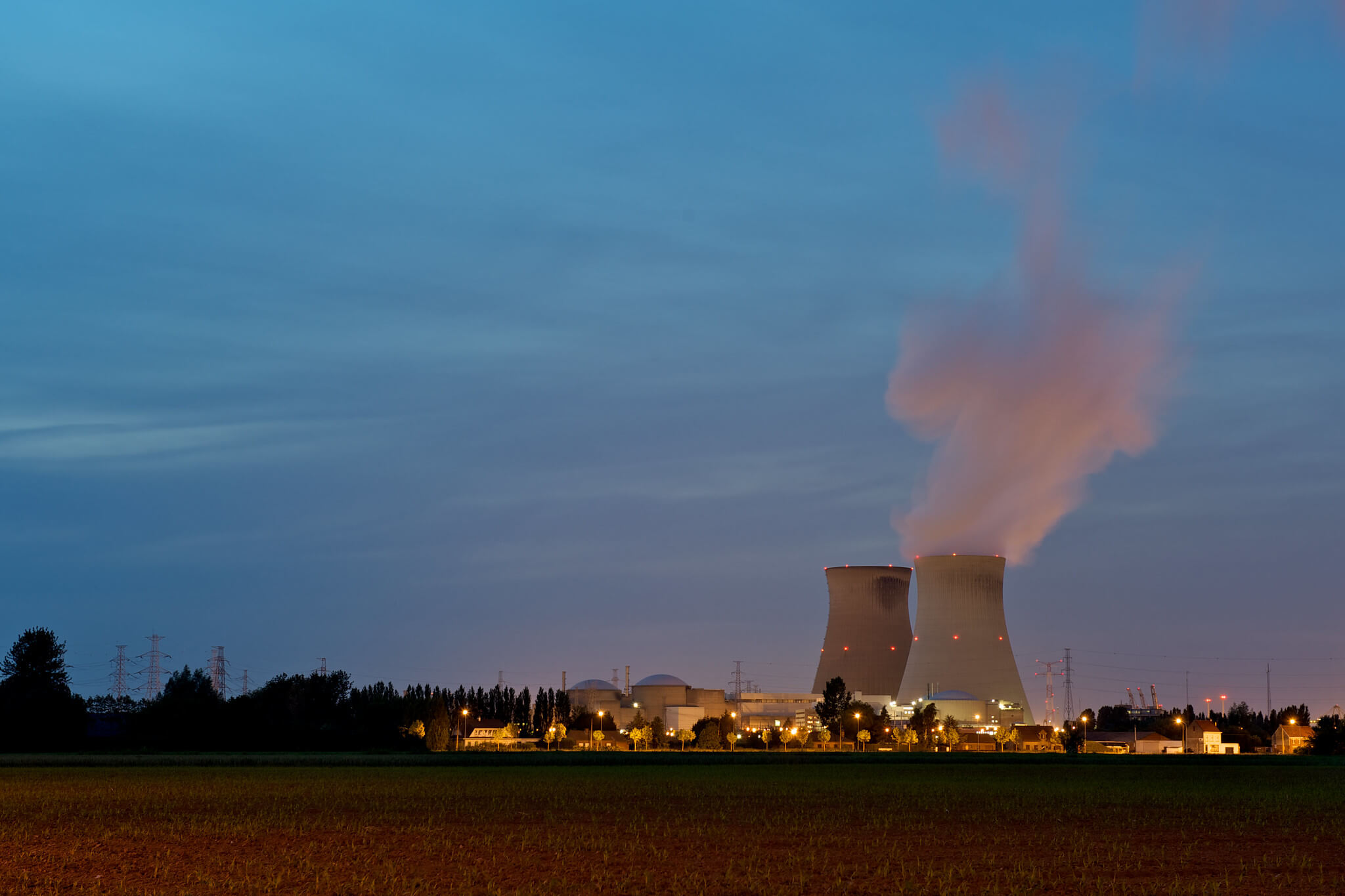
There is a lively community of anti-nuclear environmental NGOs in the Netherlands, and there has also always been a quite strong pro-nuclear lobby, mainly driven by the high-energy-consuming industry. The lobby is supported by a small, influential and stubborn group of scientists fighting for more money for their research.
The last concrete proposal for Dutch new-build nuclear power plants was aborted in 2011.2 After years of preparation, support from successive governments, regional political support and quite some steps in the legal procedures taken, the initiators announced that it was not financially viable to have a nuclear station built. Mind you, although this was after the disaster in Fukushima, the actions of the anti-nuclear movement (as I regret to say…) were not decisive.
Nuclear power is the only energy option with a consistent negative learning-curve
So we, the Netherlands, discuss the nuclear option every few years. We have a modern and overarching nuclear law, enabling companies (or just any interested party) to start a license application. For decades we had five locations appointed as preferred options where other activities were prohibited, just to facilitate the possible revival of the nuclear option.3
So, it’s not the so-often mentioned ‘taboo’ that prohibits the revival of nuclear. It is much simpler: it is the cost. Nuclear power is the only energy option with a consistent negative learning-curve. This means that every next nuclear power station, even of the same kind, costs more than the one before.
And, yes, this is partly because of pressure from environmental organizations that have been pushing for higher safety standards and more environmental protection legislation within the whole nuclear energy chain, and for more supervision and control – from non-proliferation issues to waste management.
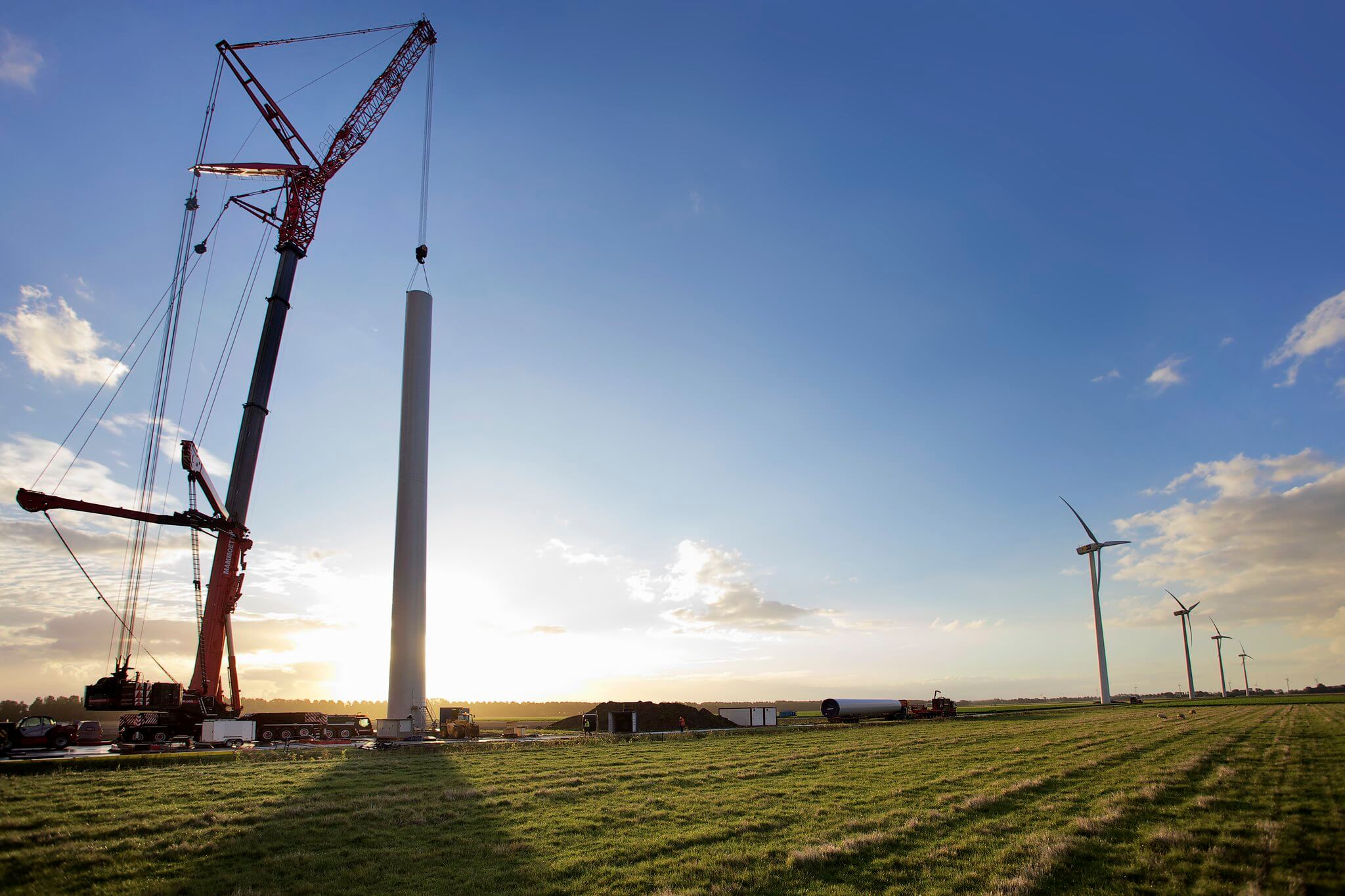
But this is only a small part of the reasoning. And I do hope that even a pro-nuclear activist like Shellenberger (see previous contribution in this series) can see the advantages of higher safety standards.
We won’t build ‘generation 1’ or ‘generation 2’ nuclear power stations anymore, and for good reasons!4 Another part of the reasoning is that nuclear power is the most complicated way to boil water, and thus the most costly way.
As a result of the different climate agreements in The Netherlands, in 2030 the country will produce 70 to 75 per cent of the electricity demand with renewable energy sources - mainly wind and solar. We will then have about 84 terrawatt hour (TWh) produced by renewables.5
There is just no way that nuclear new-build would come in time
But as we will electrify more-and more mainly industrial processes, which now run on oil and gas, we will hugely increase the demand for electricity. This is already starting now but it will proceed in an increasingly high tempo. Funny enough, this goes along with a relative decrease of our overall energy-use, as electricity is – per any given output – much more efficient than other sources of energy.
A recent publication by the Dutch government6 shows how much more electricity this country will need to fulfil the growing need of these industrial processes leaving fossil fuel behind, and to fulfil the need of data-centres – a much-debated growing sector in the Netherlands. We will need an additional 45 TWh in or just after 2030.
Even if each and every stakeholder would welcome nuclear and even if we pour billions of public money (subsidies) into such an adventure, there is just no way that nuclear new-build would come in time. And we are in such a hurry because we acknowledge what the science dictates: we need to reduce our CO2-emissions very rapidly. So, we will simply increase the contribution of wind farms and strongly increase the amount of solar.
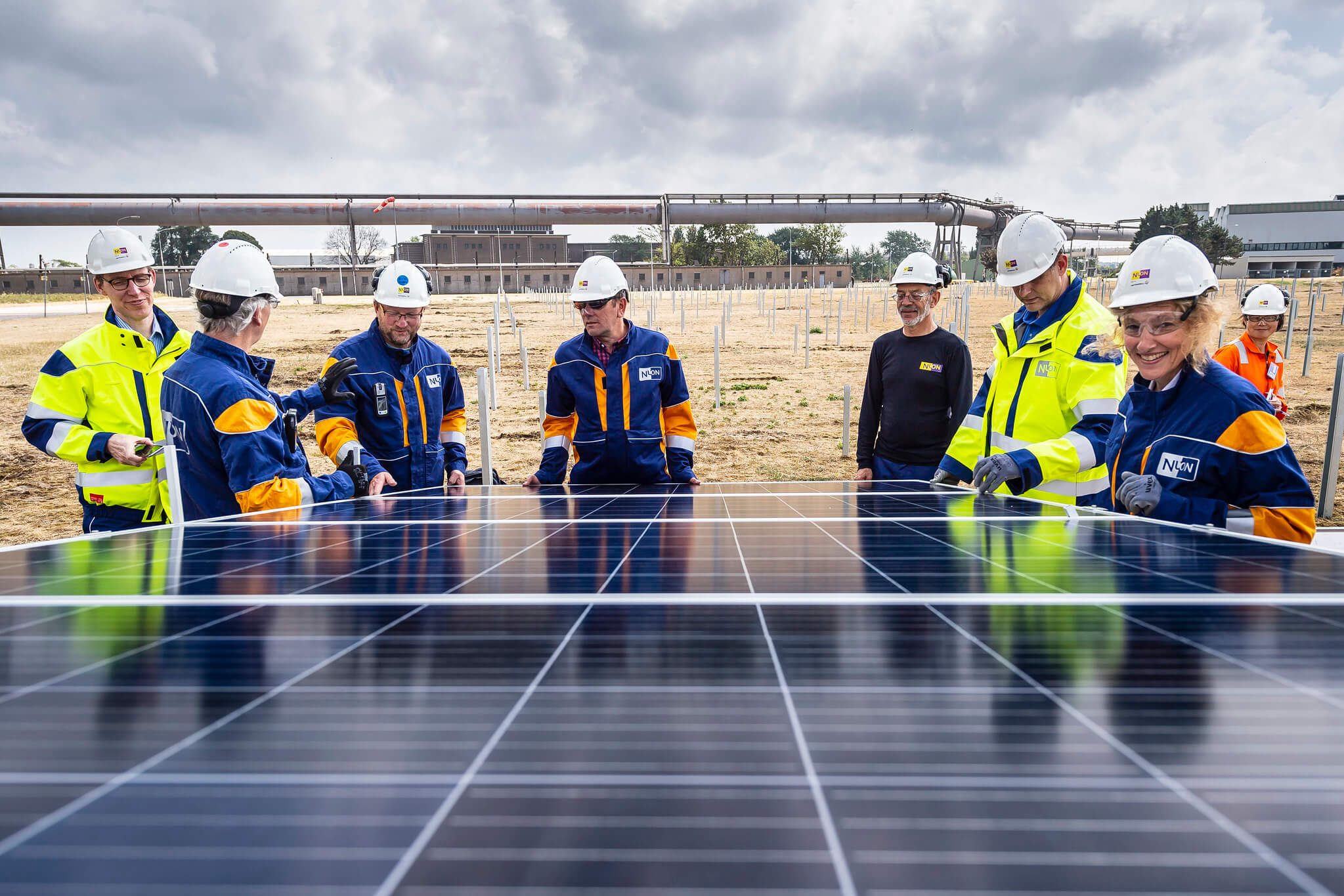
But, as one might ask, as we want to get to zero emissions in 2050, why not include nuclear for the period after 2030? Because there is no rational reasoning to do so.
Germany is a good example: a country that took a strong decision to go renewable and has said goodbye to both nuclear and fossil energy. It is on a not-to-be-interrupted-anymore pathway to a true renewable and clean energy system. Plus, there is large and stable support for this transition from almost all political parties, civil society and the very strong German industrial sector.
Even if you have to strongly over-dimension – installing more energy capacity than needed because of the intermittent character of renewable energy suppliers – a system with batteries, more European connectivity and (of course green) hydrogen will do the job, still at lower costs than with the input of more nuclear. This is the way forward for the Netherlands and for the European continent: a more stable, safer, cheaper and cleaner energy system.
Nuclear energy does not check these boxes. It still comes with dangers and with a problematic supply chain leading to environmental damage. Moreover, it comes with the danger of nuclear proliferation – why do you think Israel, the US and some European countries are willing to go to war against Iran which is enriching their uranium for nuclear power production? Because it is very difficult to make sure they won’t use the same materials and installation for weapons-grade uranium.
Friends of the Earth is happy to continue the debate on nuclear in the coming decades. But, it for sure would be wise and more rational to reach a conclusion: nuclear is, even after sixty years of having strong governmental political and financial support, still too costly and inefficient. This is easily the most practical reason to leave nuclear energy behind. Let’s move on.
- 1Joop Engels, ‘Nederland werd nooit een wereldspeler’, [The Netherlands never became a world player], Trouw, 20 October 2011.
- 2‘Kamerstuk 42645, nr.38’, [Official publication of the Dutch parliament], Tweede Kamer der Staten-Generaal, 4 June 2012.
- 3A few years ago, two of these five have been taken from the list as the owners of the sites of course wanted to have more possibilities for development of their economical high-value sites.
- 4Although most of the current nuclear power plants are of the second generation, new safety standards now demand for instance a so-called ‘core-catcher’, which – in theory - should prevent un-controlled dissemination of nuclear materials after a melt-down. The third generation of nuclear power plants, of which a few are under construction, have such core-catchers. Source: ‘Brief regering; Randvoorwaarden voor de bouw van nieuwe kerncentrales’, [Letter government; Conditions fort he build of new nuclear stations], Parlementaire Monitor, 16 February 2011.
- 5‘National Climate Agreement – The Netherlands’, Klimaatakkoord, 28 June 2019.
- 6‘Commissie van Geest rapporteert over “Van 49 naar 55%”’, [Commission van Geest reports about ‘From 29 to 55%’], Klimaatakkoord, 29 January 2021.


